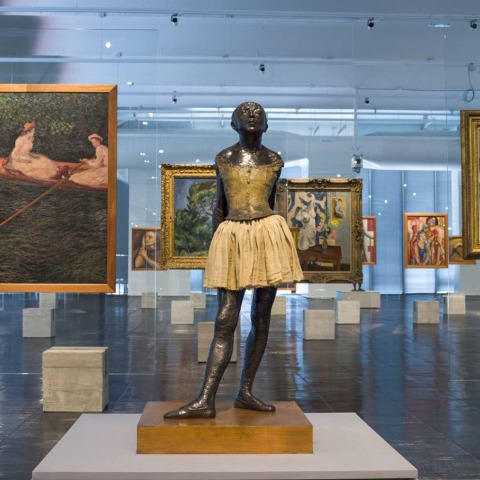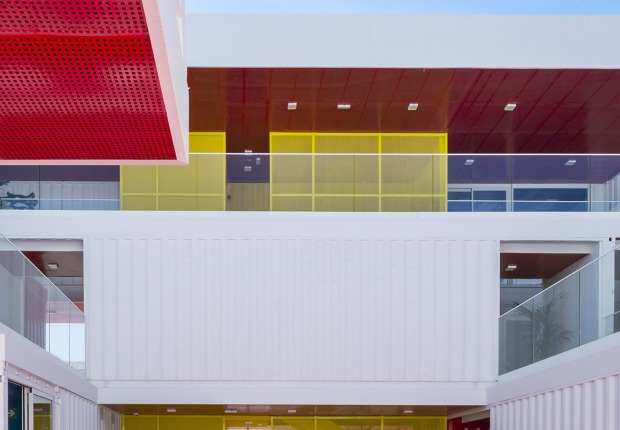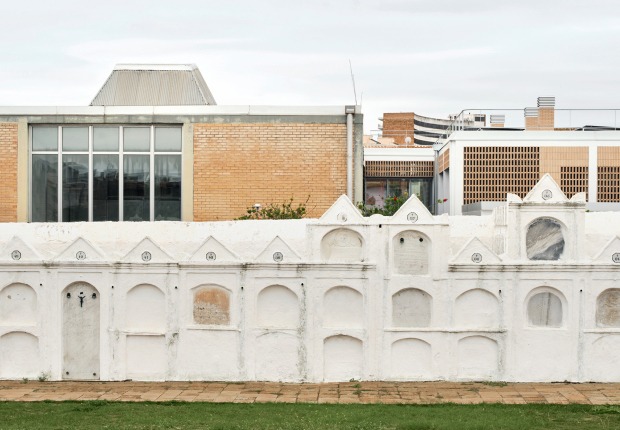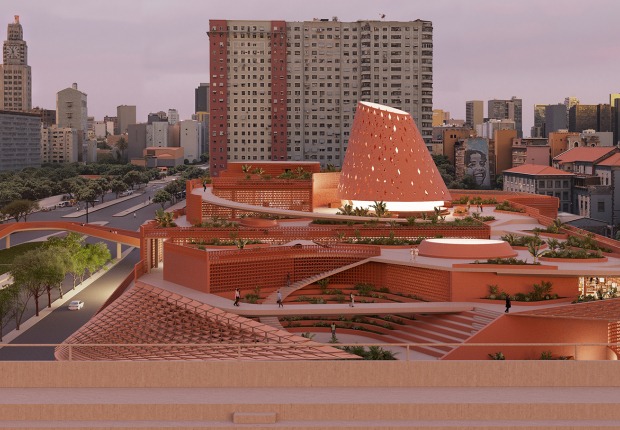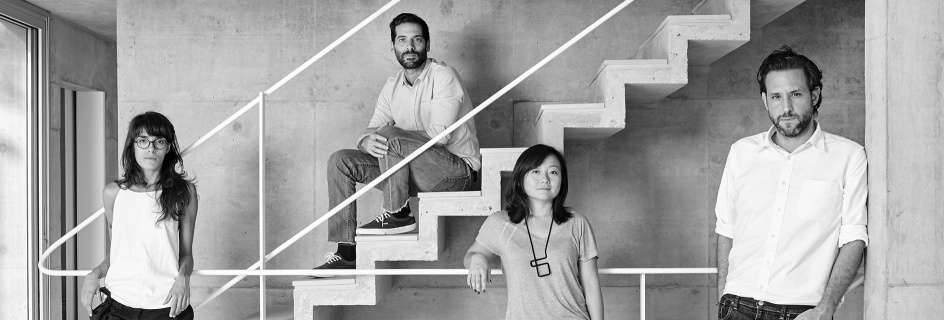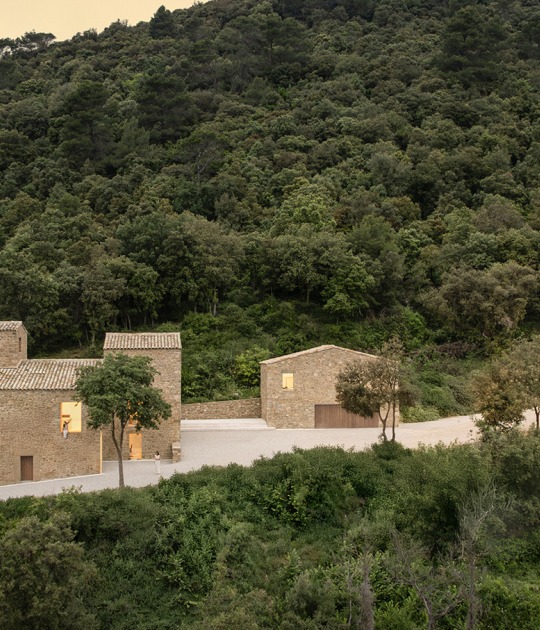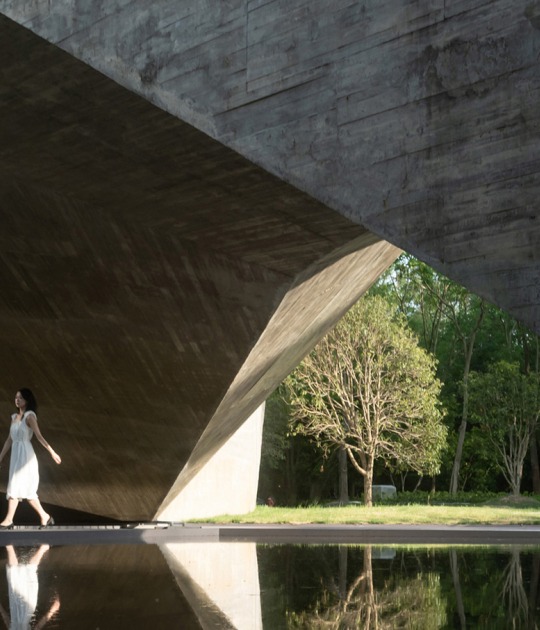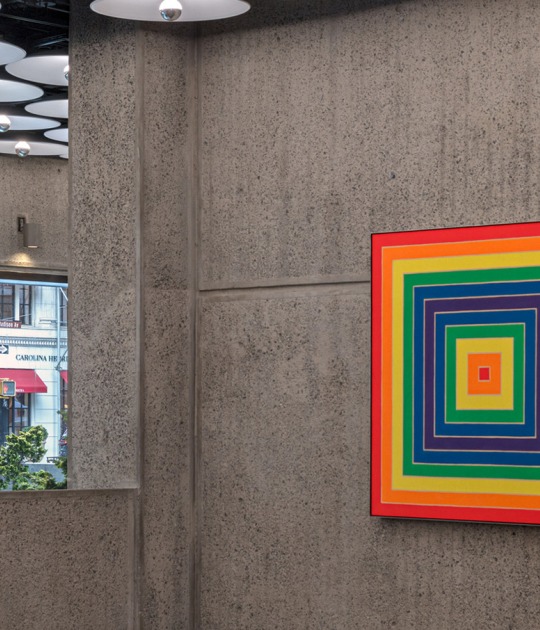Beginning this year METRO Arquitetos was invited to incorporate the new curatorial team of the São Paulo Museum of Art - MASP becoming responsible for all exhibit designs, upgrades and redesigns of all internal areas of the institution. In this new phase, the museum intends to focus on its private collection throughout the year in a series of exhibitions focused on Brazilian, Italian, and French art, fashion and photography. It will also focus on the formation and growth of this collection, which highlights the importance of redeeming the consolidation of the museum in the Brazilian cultural scene.
The exhibition designs will reconstitute the original projects defined by Lina Bo Bardi for MASP. One of them being the FAAP (Fundação Armando Alvares Penteado) exhibit, between 1957 and1959 in São Paulo and the other for the collection at the former MASP headquarters at Rua 7 de Abril which will be displayed in the first-floor gallery.
Along with the expographic projects and exhibitions, the recovery of the museum’s original architecture designed by Lina Bo Bardi will also be seen in the restoration of its spatiality and original features such as transparency, lost due to successive interventions. This recovery process will culminate in the re-exhibition of the permanent collection in the famous glass and concrete artwork display designed by Bo Bardi on the second floor of the museum.
Dates.- project.- 2014. Completed.- 2015.
Total exhibition area.- 3684 m².
Design development.- Martin Corullon, Gustavo Cedroni, Helena Cavalheiro, Juliana Ziebell.
Team.- Luis Tavares, Marina Pereira, Marina Cecchi.
Photos.- Ilana Bessler (exposição e montagem),Eduardo Ortega (exhibition and process), Flavio Bragaia (models and process).
The return of the easels is not a fetishistic or nostalgic gesture in regard to what has become an iconic exhibition display device, but should rather be understood as part of a programmatic revision of Bo Bardi’s spatial and conceptual contributions to museum practice. The political dimension of her proposals is suggested by the open, transparent, fluid, and permeable picture gallery, which offers multiple possibilities for access and reading, eliminates hierarchies and predetermined paths, and challenges canonical art-historical narratives. The gesture of taking the paintings off the wall and placing them on the easels implies their desacralization, rendering them more familiar to the public. Moreover, the placement of the labels on their backs allows for an initial direct encounter with the work, free from an interpretive framework. In this context, the museum experience becomes more human, plural, and democratic
In the original configuration of the easels, Lina Bo Bardi and Pietro Maria Bardi organized the works by artistic schools or regions. Now they will be placed in strict chronological order, laid out in a meandering path. This organization does not coincide with the chronology of art history, with its schools and movements, nor does it oblige the public to follow its course. The spatial transparency of the open floor plan and the easels invites visitors to construct their own path, enabling unexpected juxtapositions and dialogues between Asian, African, Brazilian, and European art. Furthermore, Picture Gallery in Transformation is a semi-permanent collection display, as it will remain open to frequent changes, adjustments and modifications, already planned for early 2016. In this sense, the exhibition avoids the typical ossification and sedimentation of permanent collection displays.
The exhibition’s focus on figurative art reflects the history of the collection and the interests of Bo Bardi and Bardi, who resisted the hegemony of the abstract tradition in Brazil in the 1940s and 1950s. They were both wary of abstraction’s potentially depoliticizing effects, in the context of the promotion of geometric abstraction by the US through its Good Neighbor policy during the Cold War. The current display also includes works by artists traditionally considered outside of the Brazilian art-historical canon – such as Agostinho Batista de Freitas, Djanira, José Antônio da Silva, and Maria Auxiliadora – highlighting MASP’s commitment to diversity and multiplicity. The only contemporary work in the display, Marcelo Cidade’s Tempo suspenso de um estado provisório[Suspended Time of a Provisory State], 2008, turns the glass easel into an object of institutional reflection. Its presence also signals the museum’s desire to resume its dialogue with contemporary art in the picture gallery.
